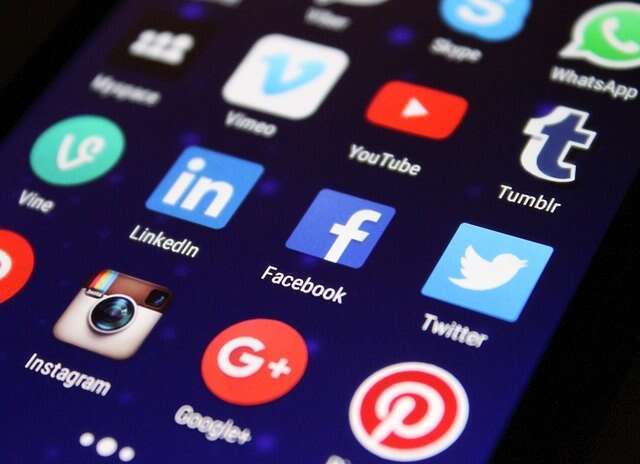Digital identity
The development of online services posed the problem of identifying who was there "in front of the computer screen" but also sorting and recording people's behavior for the person's own utility; if I go into a site for the hundredth time, I would like to have easier access than the first time, with possible help screens.
The evolution of services available online and the possibilities for interrelationships between the physical person and that person's online role, opens up endless discussions, concerning, on one side, privacy, and also the economic value of individual preferences, and on the other side the possible responsibilities regarding offensive behaviors, including the consequences of the myriad relationships that arise online.
The metaverse accelerates all of this. If in the initial web phase, web 1.0, everyone's identity traced back to something that resembled to their own email inbox (interoperable identities) and if in web 2.0 our identity is mistaken for our social profile (everything from Linkedin to Instagram, user-centric centralized identities) on web 3.0 we even show up with our own avatar that reflects ourselves.


![]()
We need to reflect, both on the word "avatar" and "ours" because, in as much as we rely on almost monopolistic entities, the avatar represents us. However, it turns out to be monopolistic saying "it's ours," cause developed with third-party technologies, with use and style regarding, for instance, to Meta (not by chance Facebook's new name) by being able to use it mostly on the system that refers to the same company.